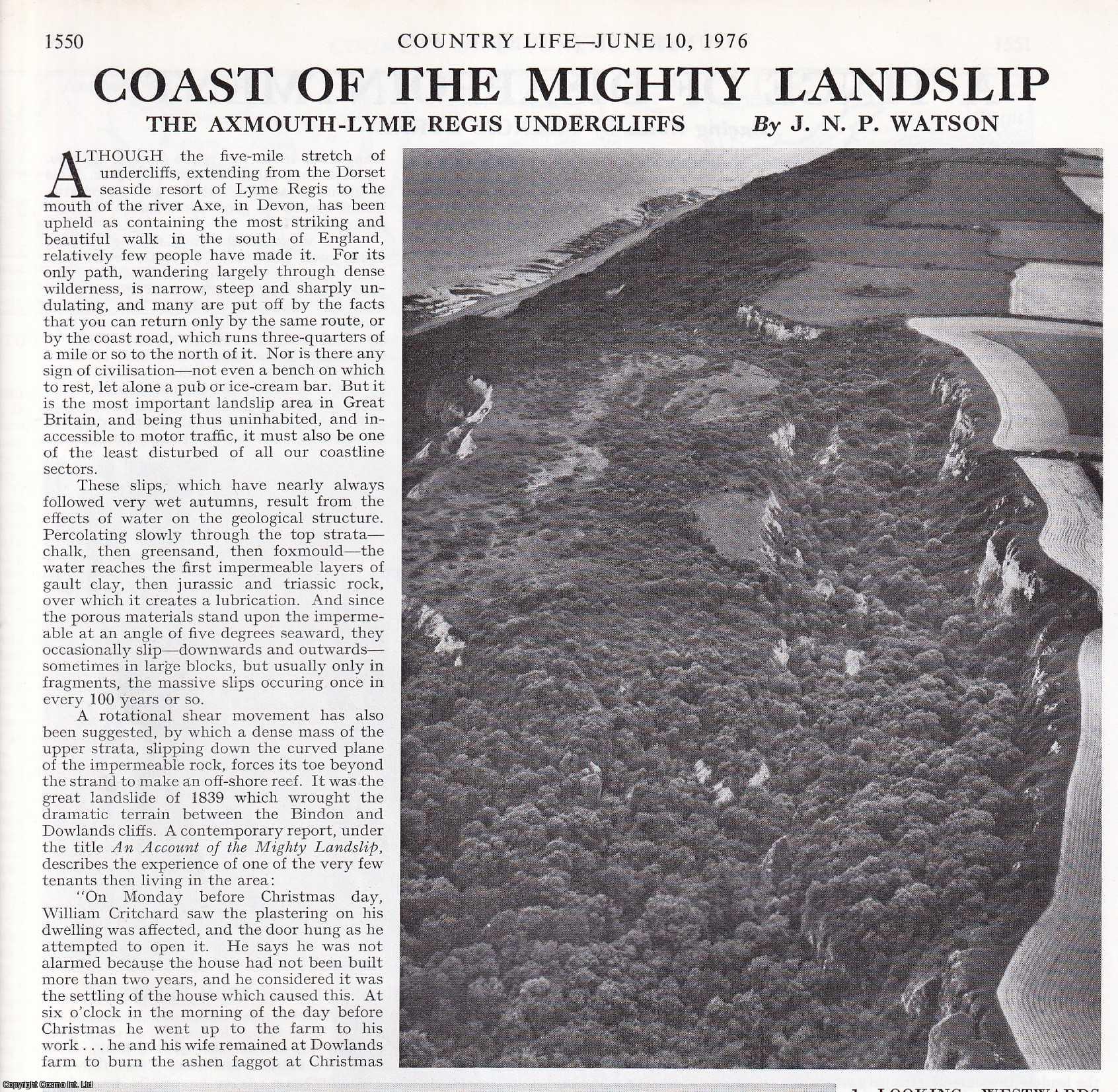Ed Baker FLS ARCS

I am an interdisciplinary researcher investigating how technology can be used to monitor biodiversity, in particular using bioacoustic and ecoacoustic approaches.
Latest publications
A Gateway to Nature: The Urban Research Station at London’s Natural History Museum
Catalysts for change: Museum gardens in a planetary emergency
Bioacoustic and Ecoacoustic Data in Audiovisual Core
Good practice guidelines for long-term ecoacoustic monitoring in the UK
Latest blog posts
- Announcing ReVAMP: Bringing Vamp Audio Analysis Plugins to R
- Urban Nature Project Wins Gold at Wood Awards
- Voices for Change: A Night of Climate Action
- AI has an ASCII grasshopper problem
- Urban Nature Project Wins Landscape Institute Award
Talks
22/04/2025 - Urban Research Station
03/03/2025 - Impacts of Urban Noise
22/01/2025 - TDWG Kingston Biodiversity Network
05/12/2024 - NHM x Natural England
08/11/2024 - Digital Dimensions of Nature Recovery
Notes
Some thoughts on:
Axmouth to Lyme Regis Undercliff
The Undercliff, previousy grazed farmland, can be considered an early (although unintended) example of rewilding. Following large landslides in the 19th century, the area was abandoned and has since been left to nature. The Undercliff is now a Site of Special Scientific Interest (SSSI), a National Nature Reserve (NNR), and part of the Jurassic Coast UNESCO World Heritage Site. The only current traversal of the Undercliff is the South West Coast Path.
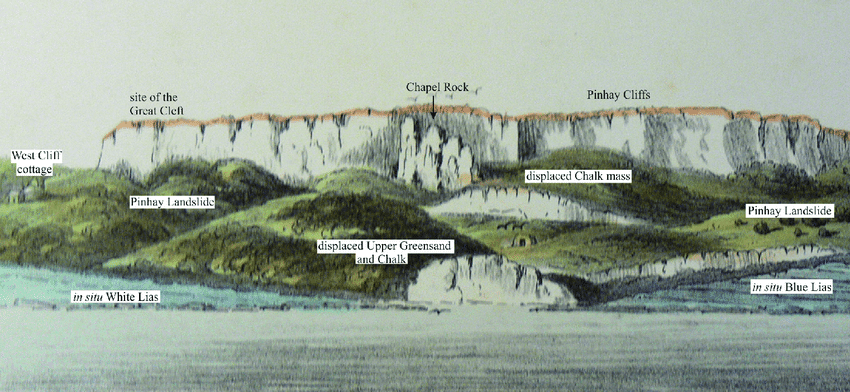
Overview
- Locations and Features on the Undercliff
- The Undercliff and the French Lieutenant`s Woman
- Undercliff Activities
Locations (East to West)
Chimney Rock
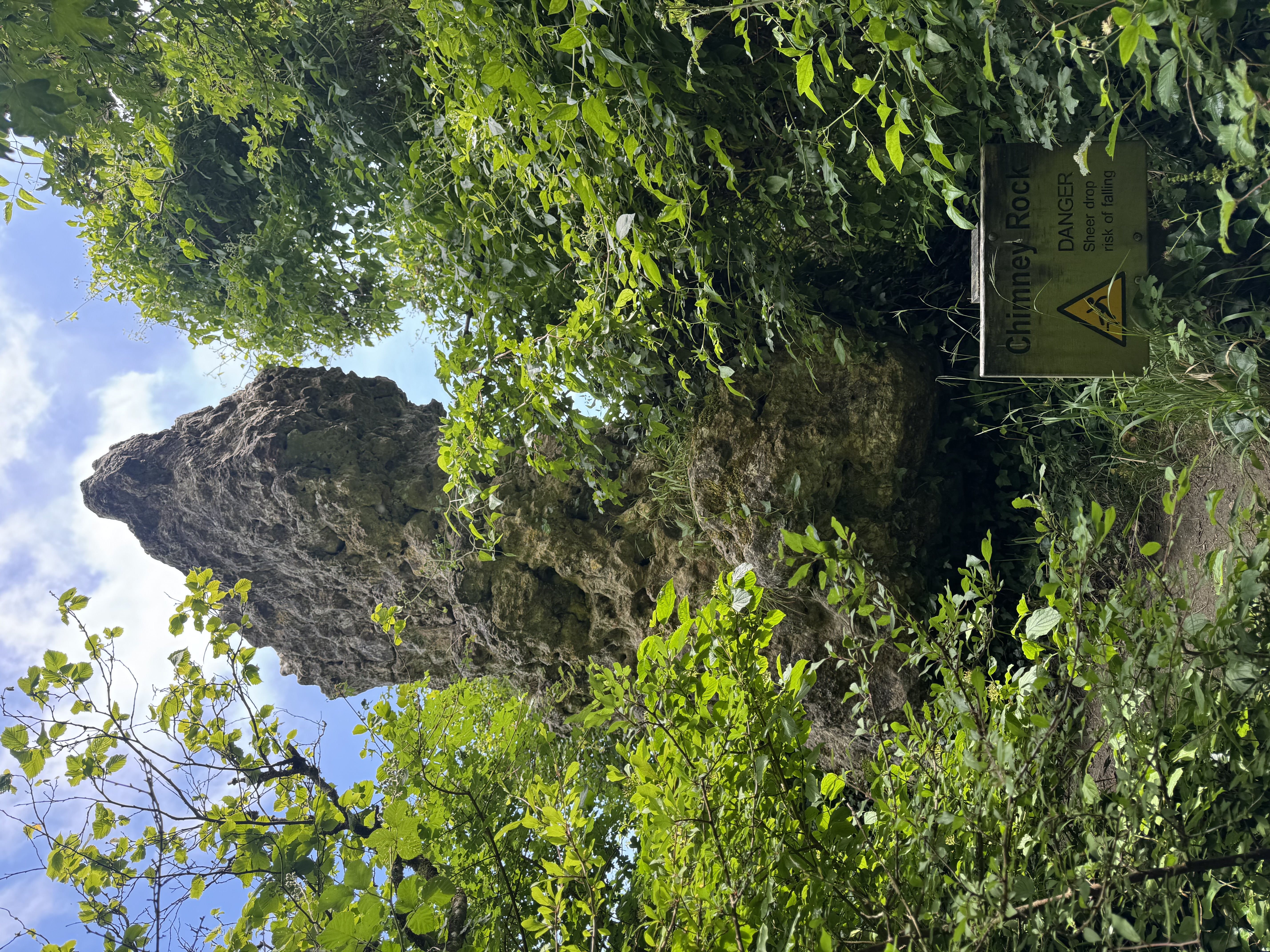
Underhill Farm
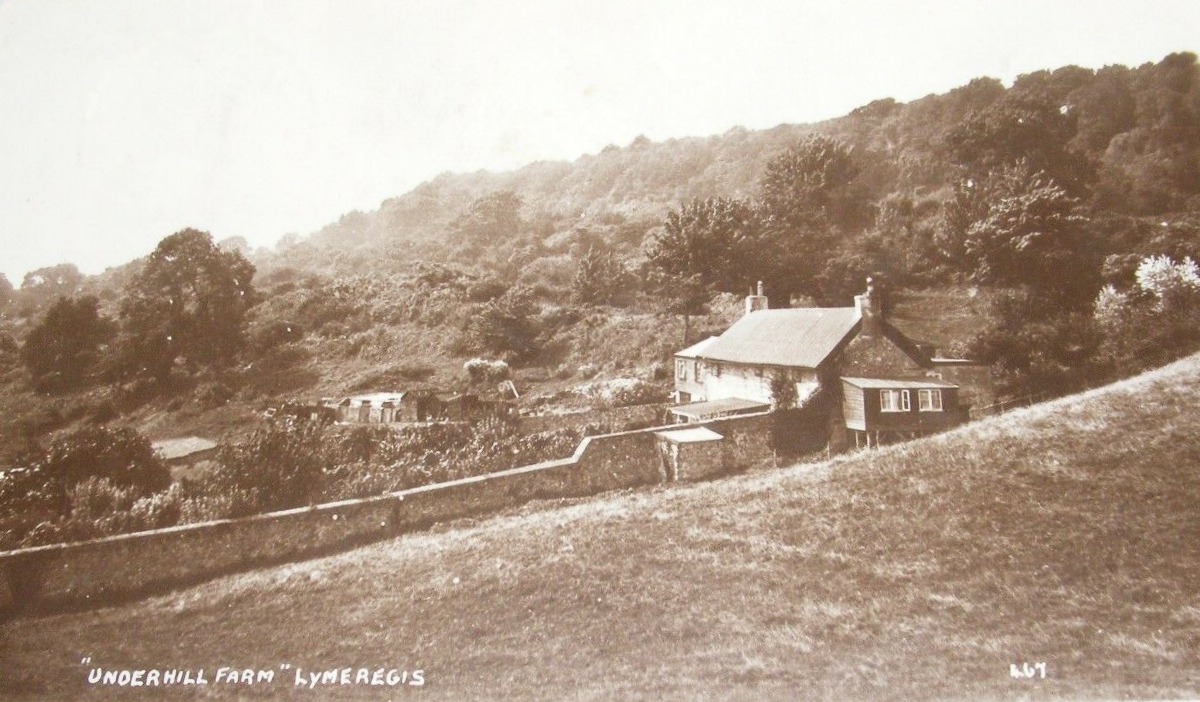
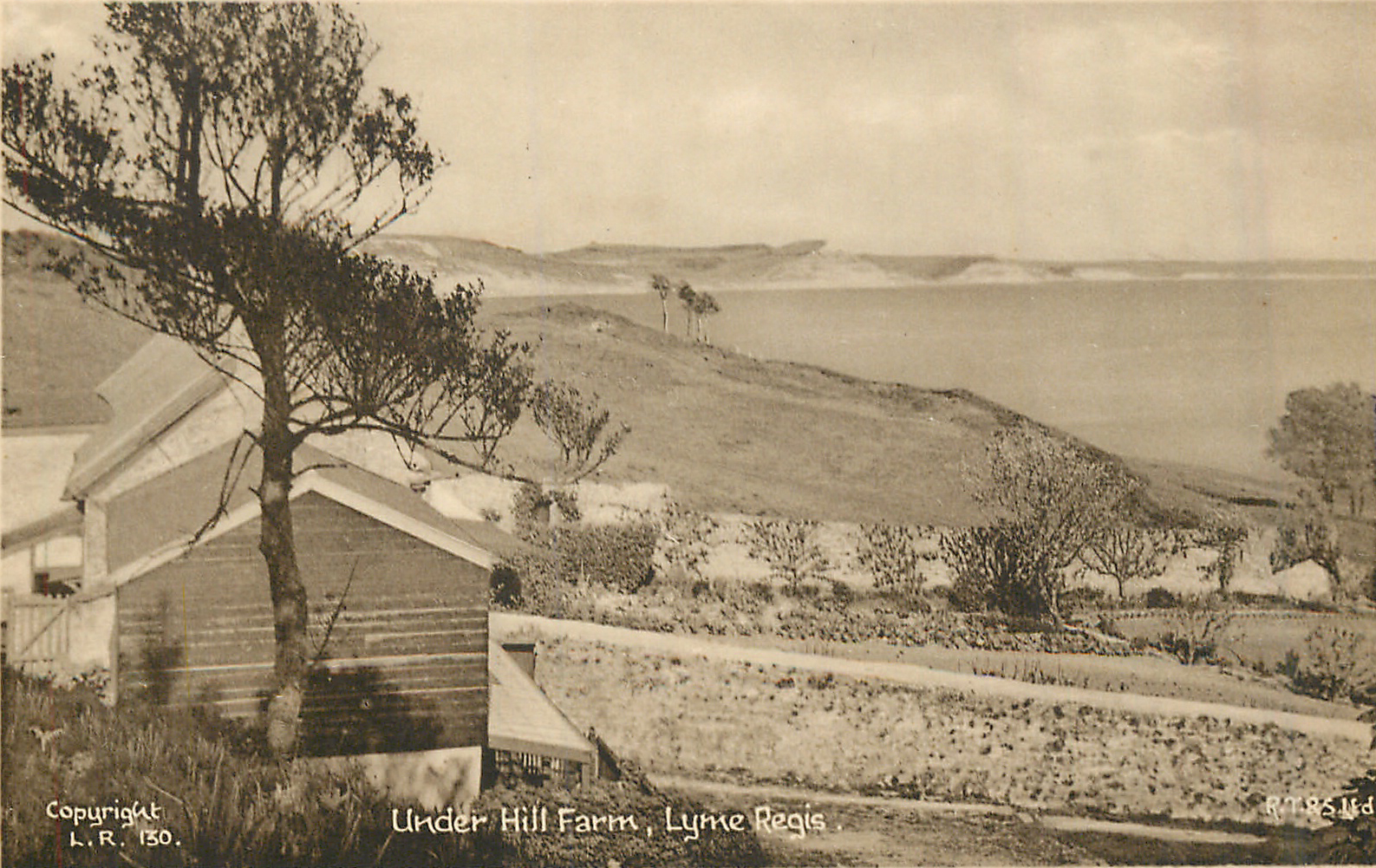
The author John Fowles lived at Underhill Farm from 19th October 1965 to September 1968, and it was here that he wrote the French Lieutenant’s Woman.
In early 1968 10 acres of fields were lsot from the farm due to a landslip. Fowles sold the property at a discount, and moved to Belmont House.
Ravine Pond
Donkey’s Green
East Cliff Cottage
Pinhay House
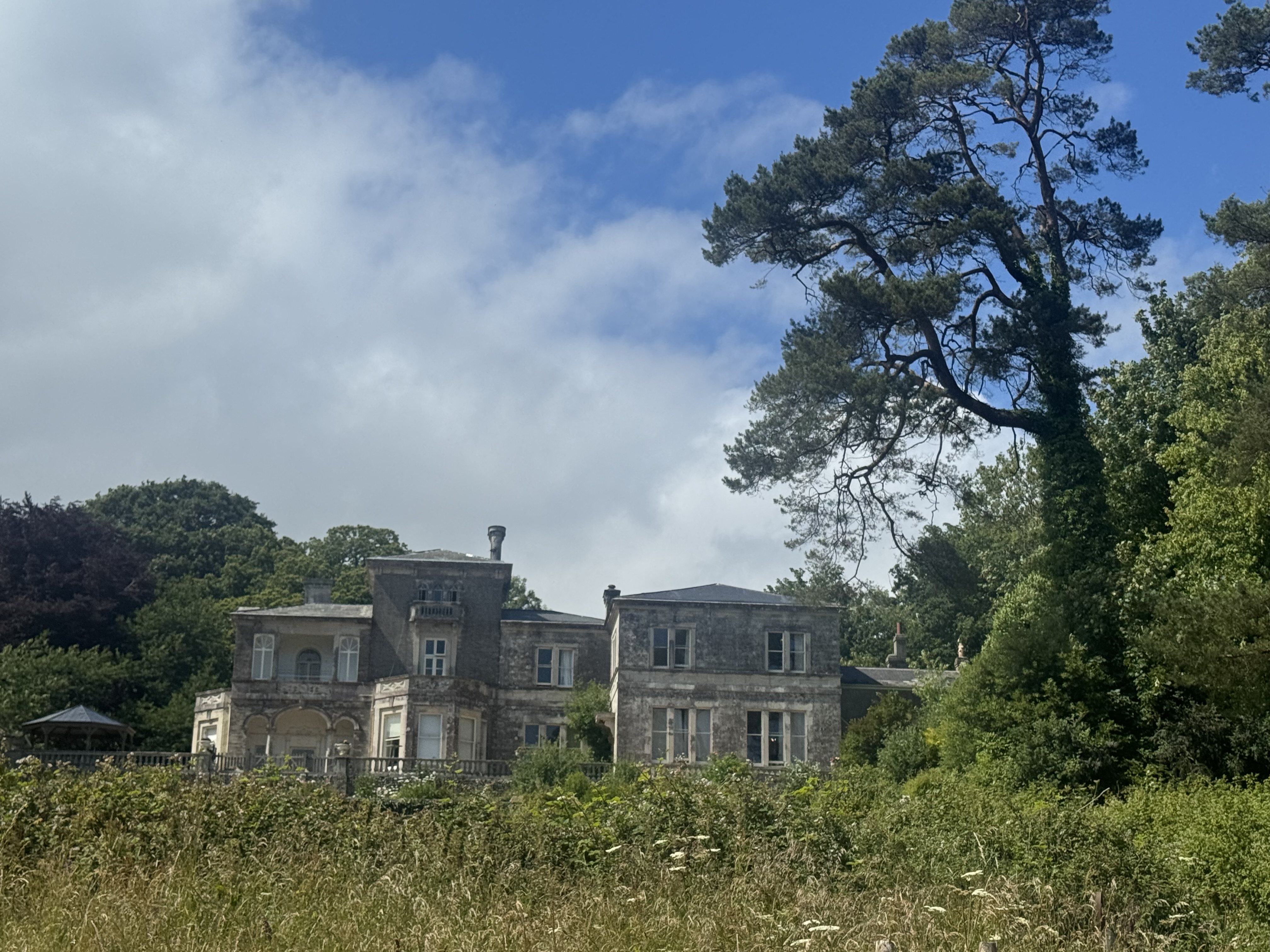
Rock Orchard
Pinahy Lake
Chapel Rock
The site of non-conformist worship in the 1660s, Chapel Rock is a prominent feature of the Undercliff. It is currently well off, and not visible from, the South West Coast Path. Since then landslips have caused Chapel Rock to be offset from this location both horizontally and vertically.
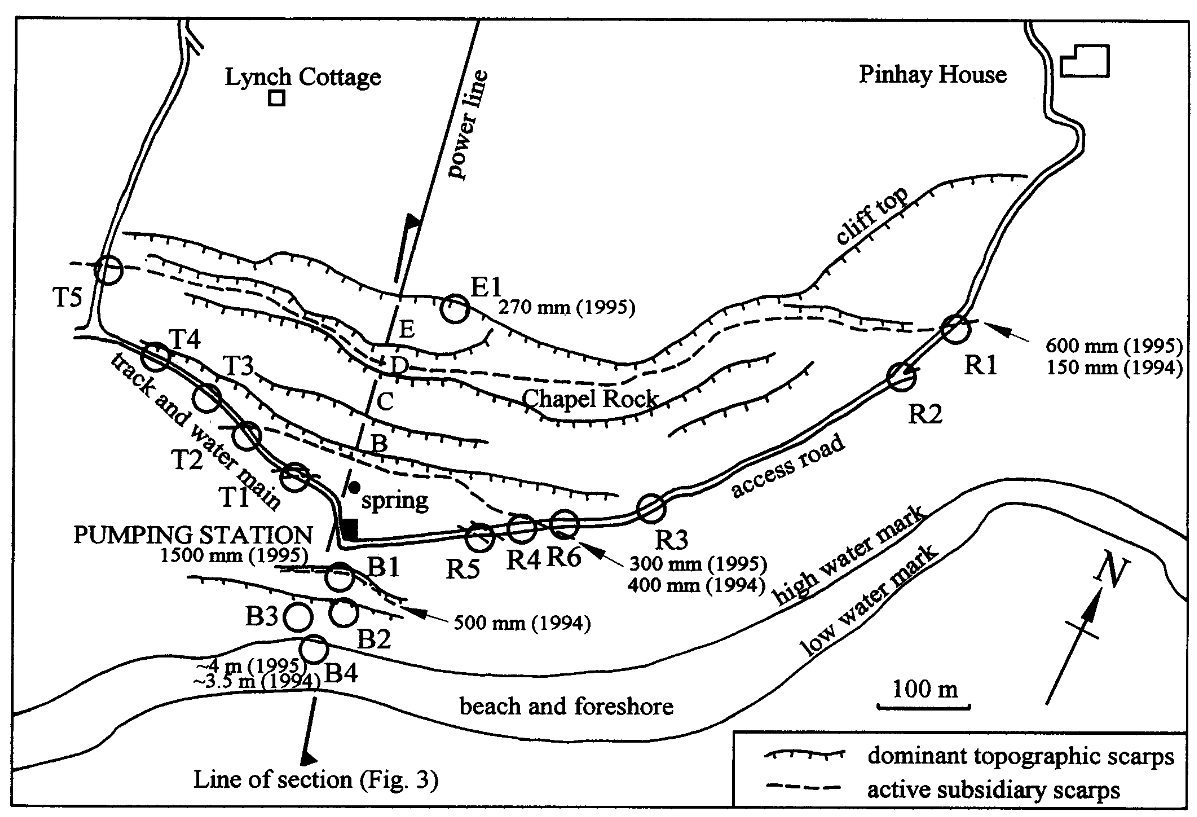
The current location can be discerned from older maps, but there are currently no paths to it, and access without a guide is not recommended. The scene in the French Lieutenant`s Woman at a location known as White Chapel Rock was filmed slightly to the east.
Longbottom
Old Fish Pond
Pumping Station
West Cliff Cottage
Humble Pond
Humble Green
Washing Rock
Washing Rock is a large rock in the Undercliff, and probably gets its name from being white-washed as a navigation aid when the undercliff was an open area of farmland. Natural England have recently (2025) created a new path to the rock from the South West Coast Path, and cleared some of the surrounding vegetation. This makes the rock both much more accessible, and much more visible.
The French Lieutenant’s Woman
‘The Undercliff’
From what I can tell this view has probaby gone forever due to the continual landslip and erosion of the Undercliff (would be very happy to be corrected). The view below (22/06/2025) is a view of the same cliffs from a similar location and angle.
White Chapel Rock
Whit Chapel Rock, known locally and on Ordnance Survey maps as Chapel Rock, is the location of 1660s non-conformist worship, and is to the west of the location used in the film.
Again, there seems to be some amount of ground movement, but this is the closest view I can find to the one in the film. There is fresh rock fall (visible to the left, and by the relaive cleanliess of the cliff face to the left), but this is the best match in the ara of White Chapel Rock.
Activities
- 2011 e-monocot walks as part of the Lyme Regis Fossil Festival
Media items
